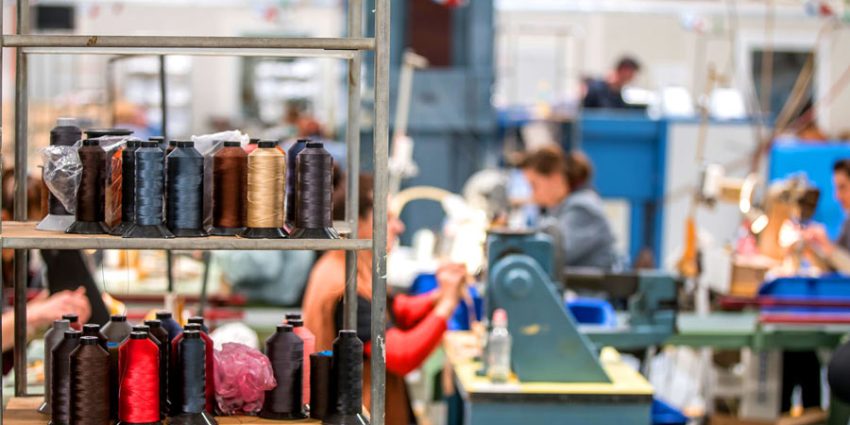In an ever-evolving industrial landscape, tools are no longer just about getting the job done. They’re about efficiency, precision, safety, and sustainability. The role of innovation in driving the progress of industrial tools cannot be overstated. As we look to the future, the challenge lies in balancing the rich traditions of craftsmanship with cutting-edge technologies. Let’s explore what innovations await in the world of industrial tools and how these advancements are set to revolutionize the industry.
Emerging Technologies in Industrial Tools
The industrial tool sector is undergoing a technological renaissance. Automation and the Internet of Things (IoT) are at the forefront, transforming how tools operate and integrate within manufacturing processes. Imagine tools that communicate with each other, adjust settings automatically, and provide real-time feedback to users. These aren’t just futuristic concepts; they’re becoming reality. Such advancements improve not only efficiency but also safety and precision, making workflows smoother and reducing the margin for error.
The Impact of Automation and AI
Automation and artificial intelligence (AI) are game changers. Automation reduces the reliance on manual labor, cuts costs, and enhances productivity. AI takes it a step further by enabling predictive maintenance, where tools can diagnose their own issues and suggest fixes before a breakdown occurs. This proactive approach minimizes downtime and extends the lifespan of the tools, ensuring that operations run smoothly.
Sustainability and Eco-Friendly Tools
Sustainability is no longer a buzzword; it’s a necessity. The push for eco-friendly materials and processes is driving significant changes in tool manufacturing. Companies are developing tools made from recycled or biodegradable materials, reducing the environmental footprint. Manufacturing processes are also becoming greener, with reduced emissions and waste. These advancements show that it’s possible to maintain high performance standards while being kind to the planet.
User-Centered Design and Ergonomics
The future of industrial tools isn’t just about high-tech features; it’s also about how they feel in the hands of those who use them. Ergonomic design is critical in preventing injuries and improving comfort. Tools that reduce strain and fatigue can significantly enhance worker productivity and satisfaction. Case studies have shown that ergonomic innovations, such as adjustable handles and anti-vibration technologies, lead to a noticeable reduction in workplace injuries and an increase in efficiency.
Collaboration and Industry Partnerships
Innovation thrives on collaboration. When tool manufacturers partner with tech firms and industry leaders, they can accelerate the development and adoption of new technologies. These partnerships foster an environment where ideas can be tested and refined quickly, leading to more robust and reliable tools. For instance, collaborations have led to the creation of hybrid tools that combine traditional functionality with modern enhancements, offering the best of both worlds.
C.S. Osborne’s Approach to Innovation
C.S. Osborne & Co., a name synonymous with quality craftsmanship, exemplifies the balance between tradition and innovation. Their approach to integrating new technologies while maintaining the integrity of traditional craftsmanship is a model for the industry. By staying at the forefront of technological advancements, C.S. Osborne ensures that their tools meet the evolving needs of their customers without compromising on quality. Their strategy includes continuous research and development, close collaboration with industry partners, and a commitment to sustainability.
Conclusion
In this ever-evolving landscape, it’s clear that the right blend of tradition and innovation is not just beneficial—it’s essential. So, whether you’re on the cutting edge of tool development or a user looking for the best in craftsmanship, the future holds exciting possibilities that promise to enhance every workday.

